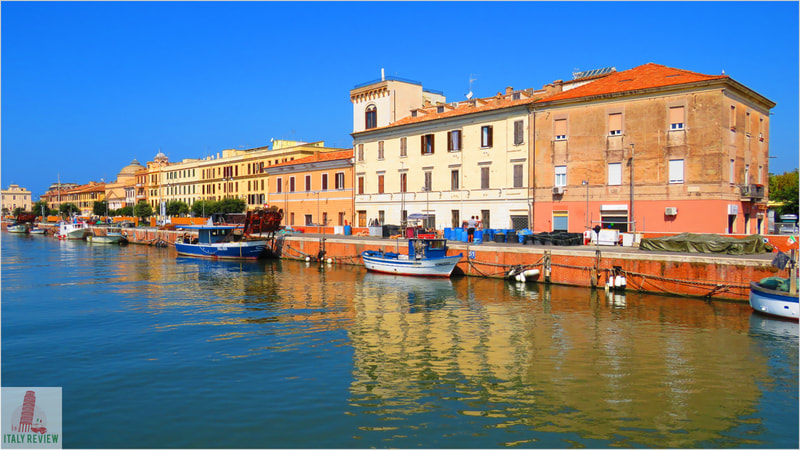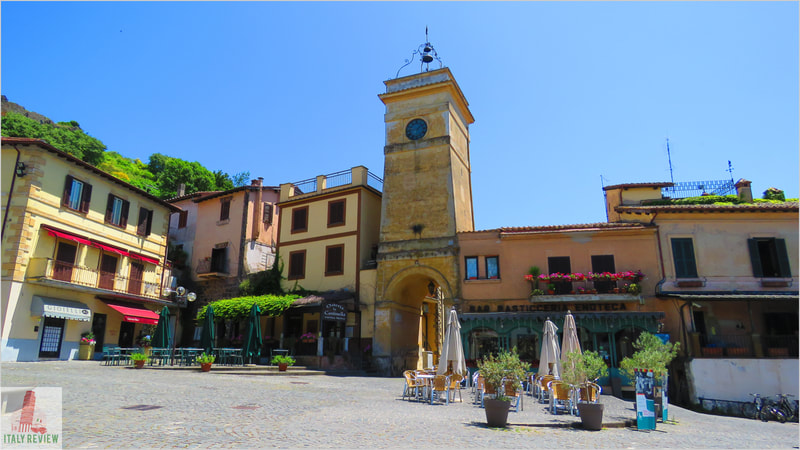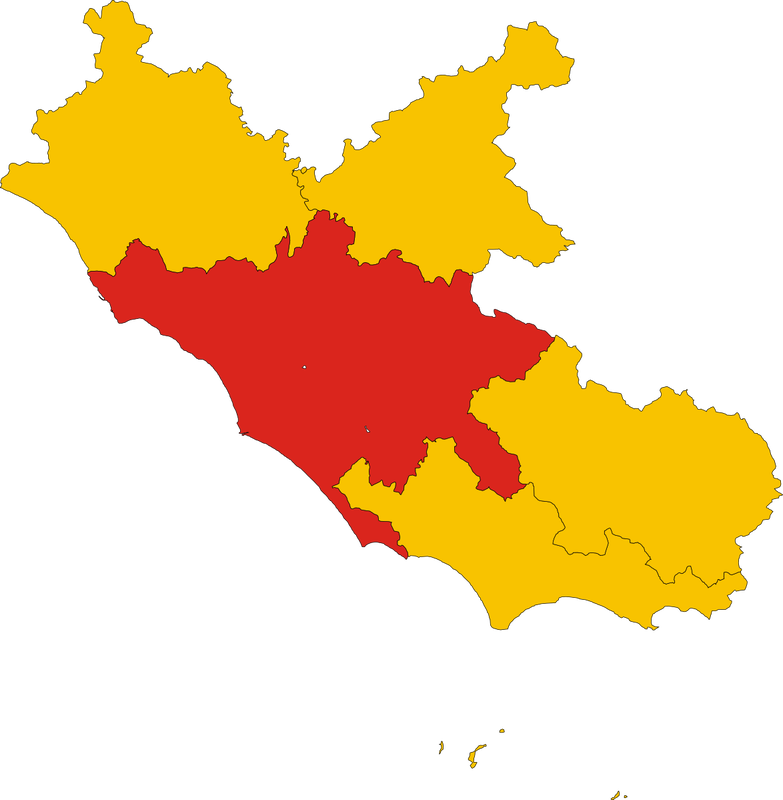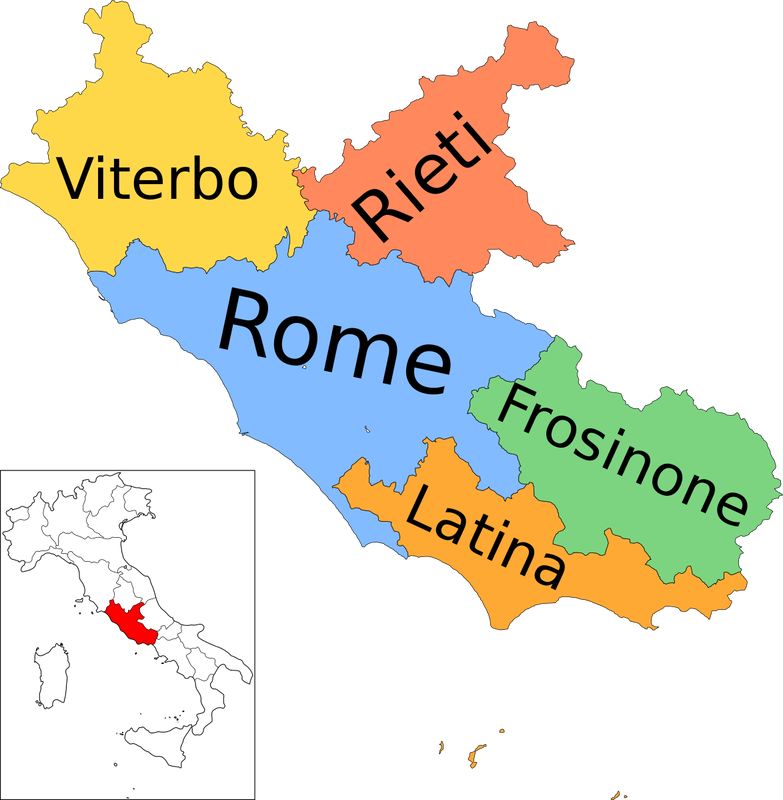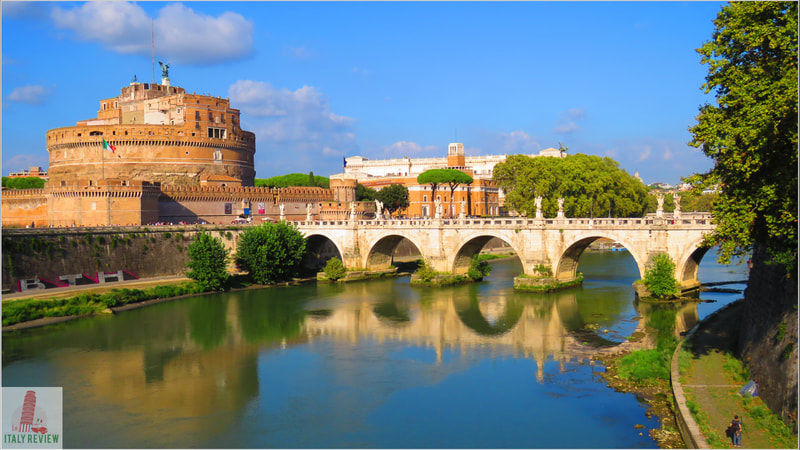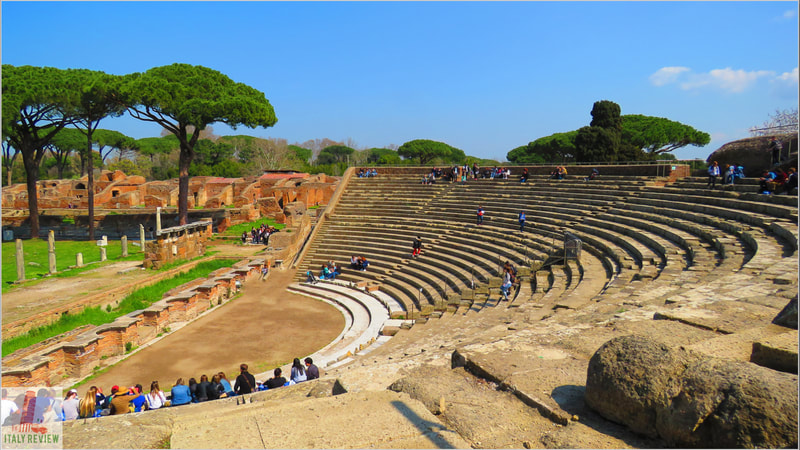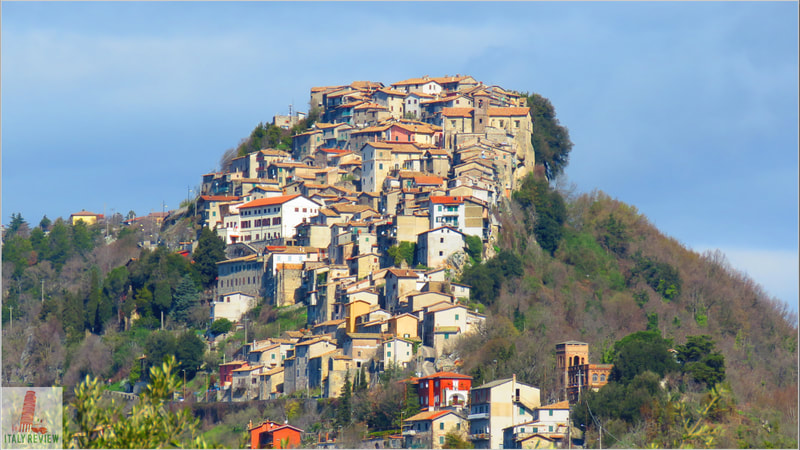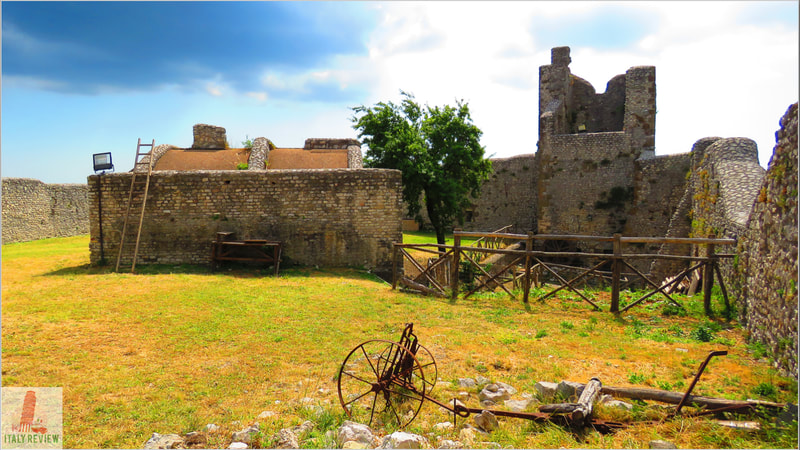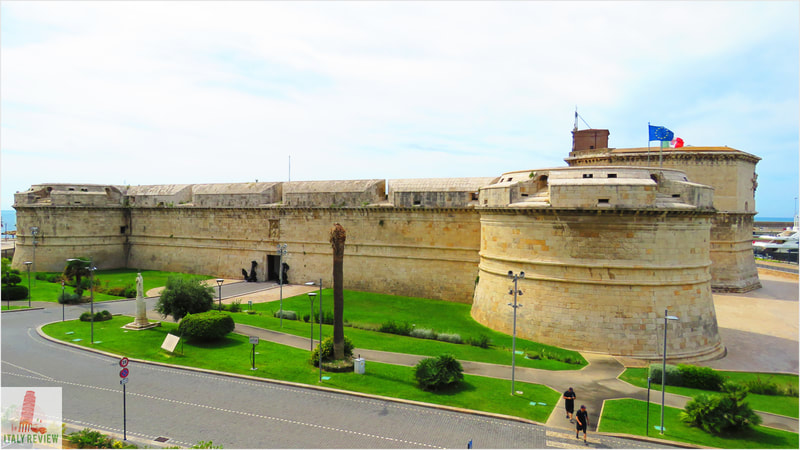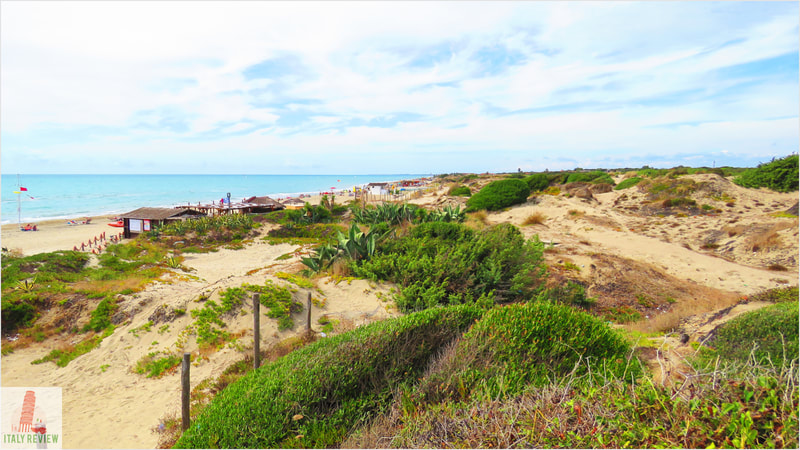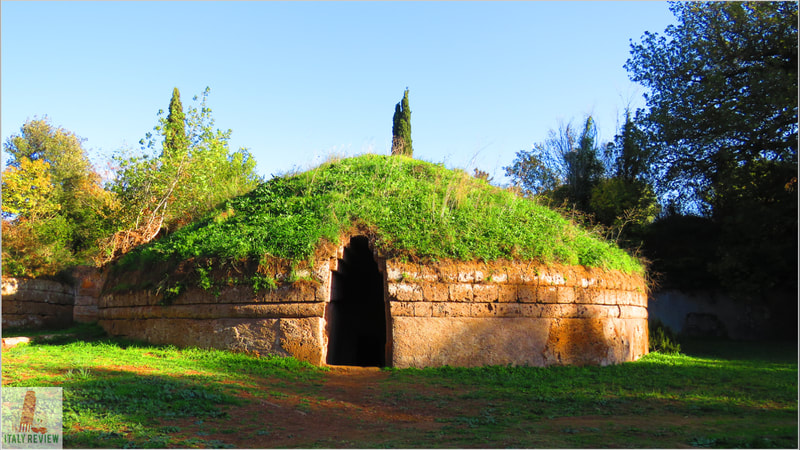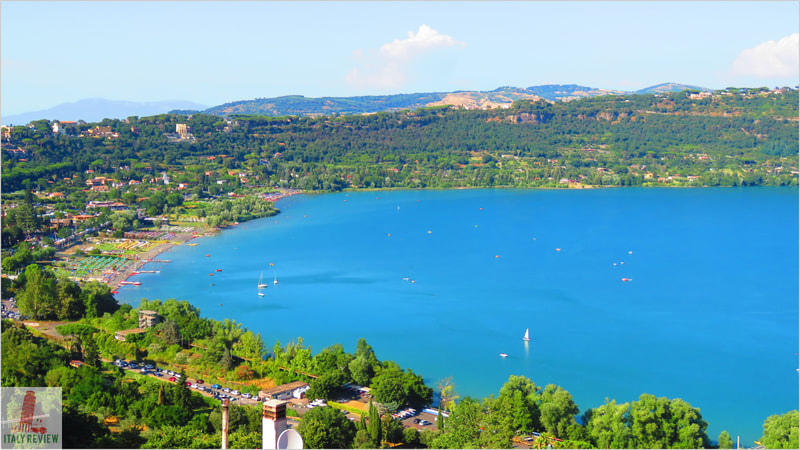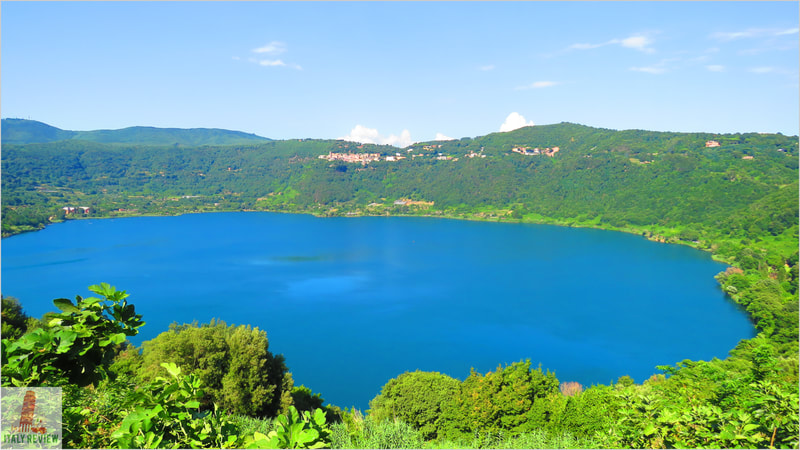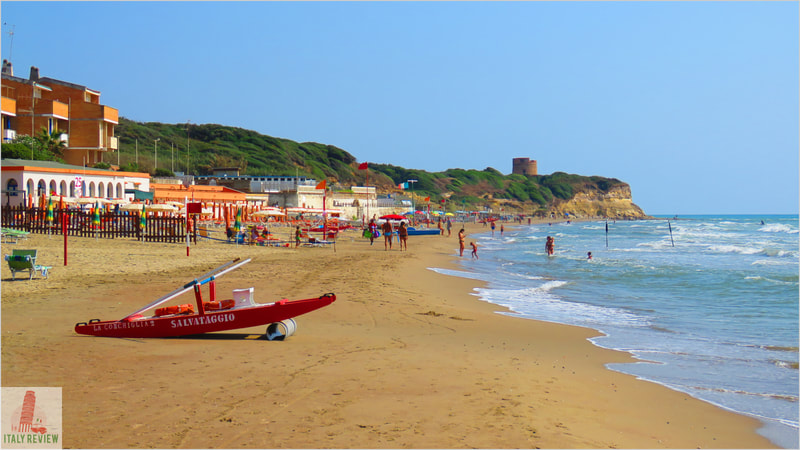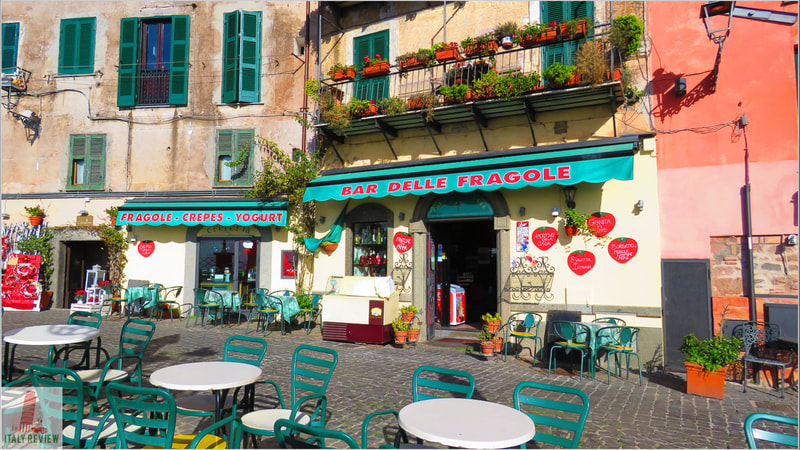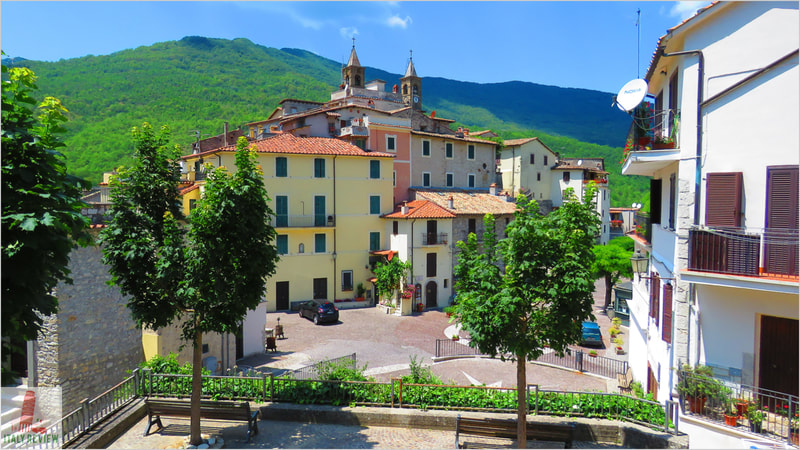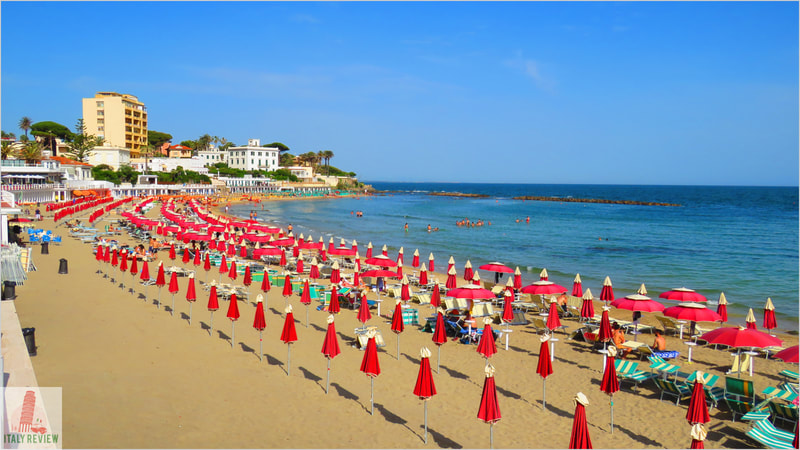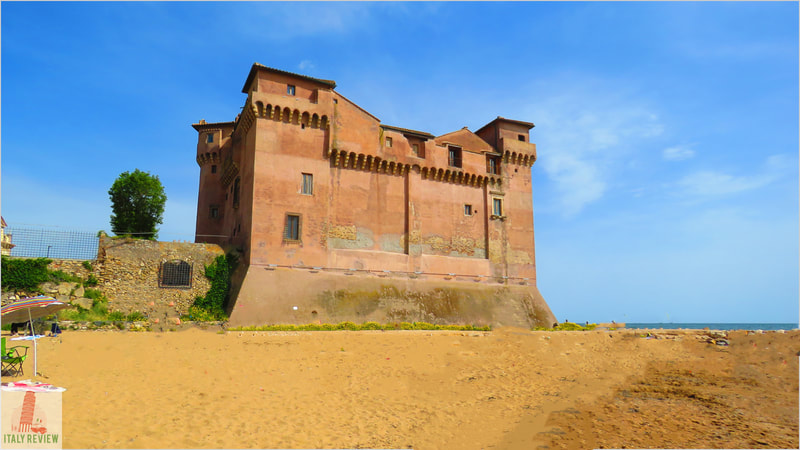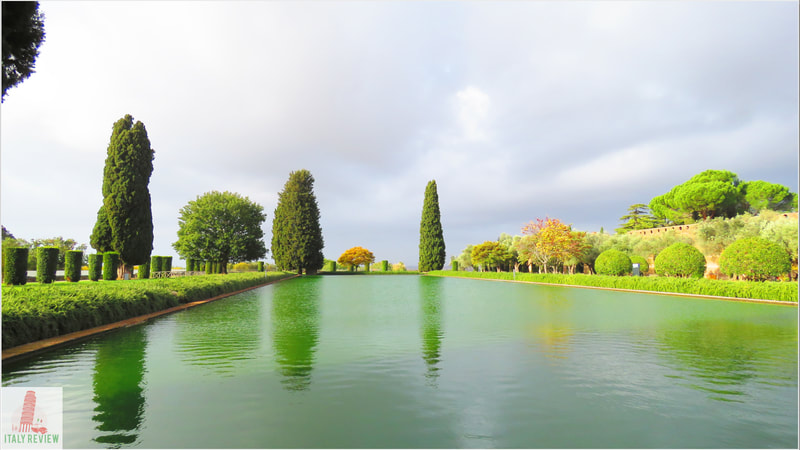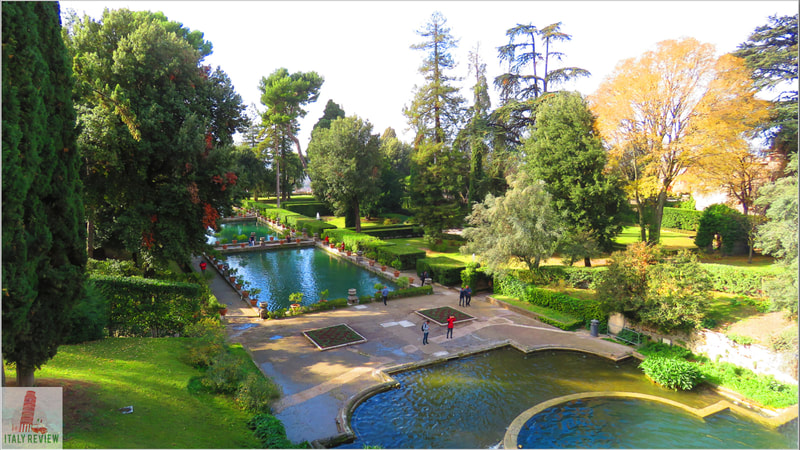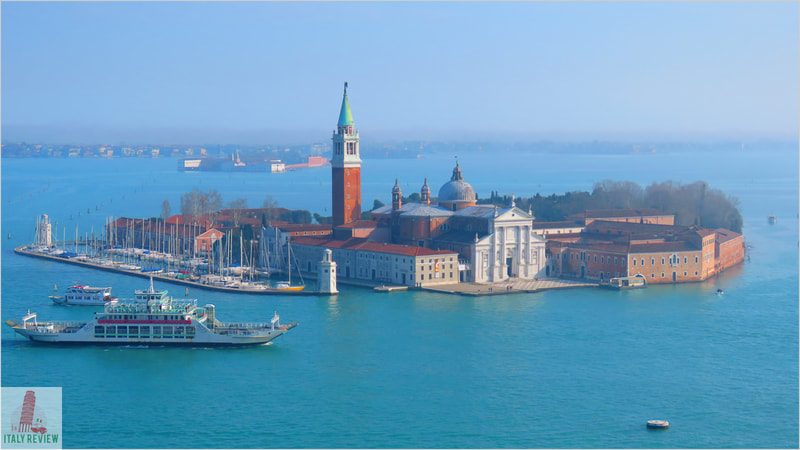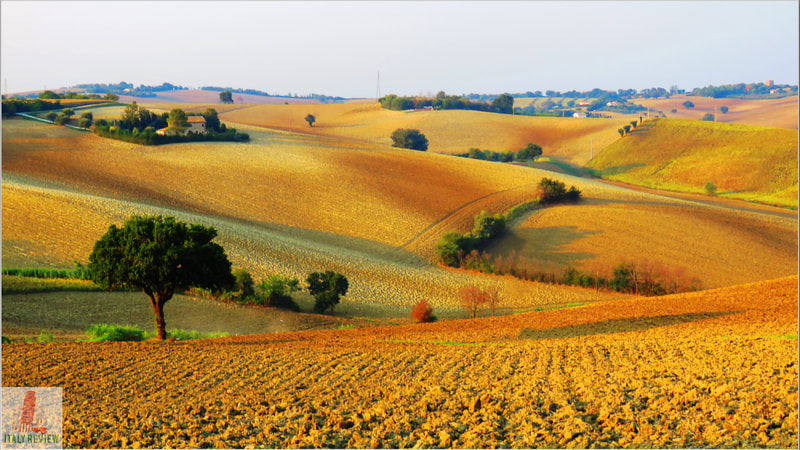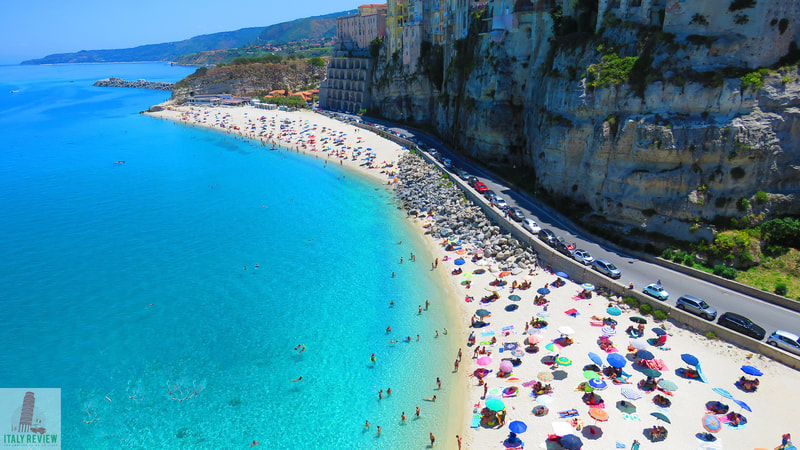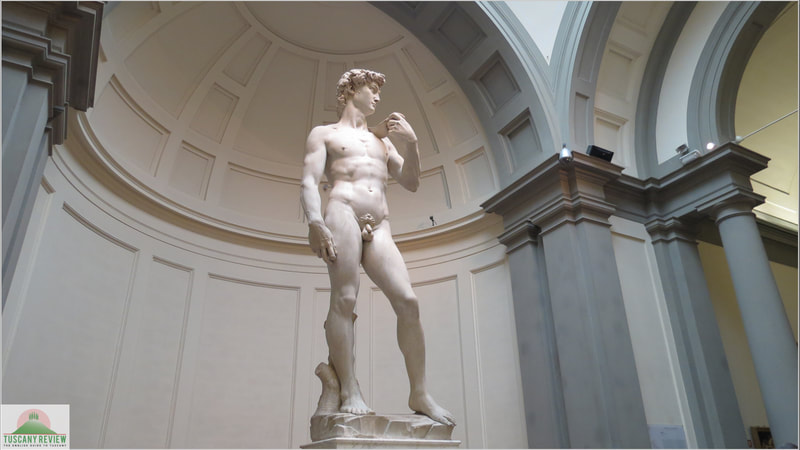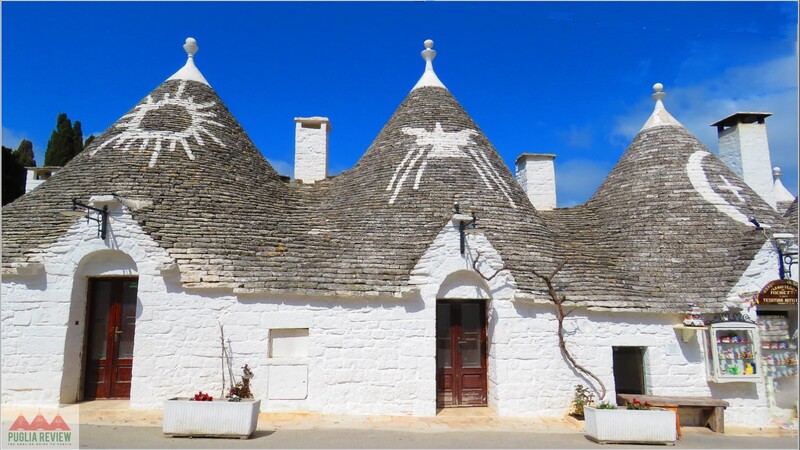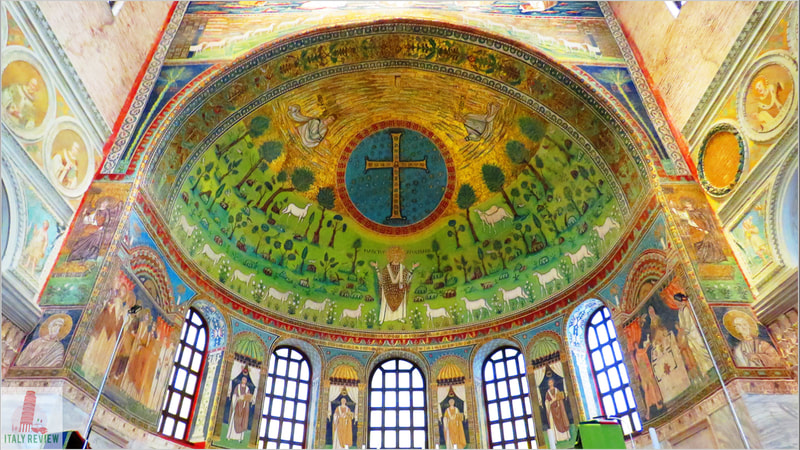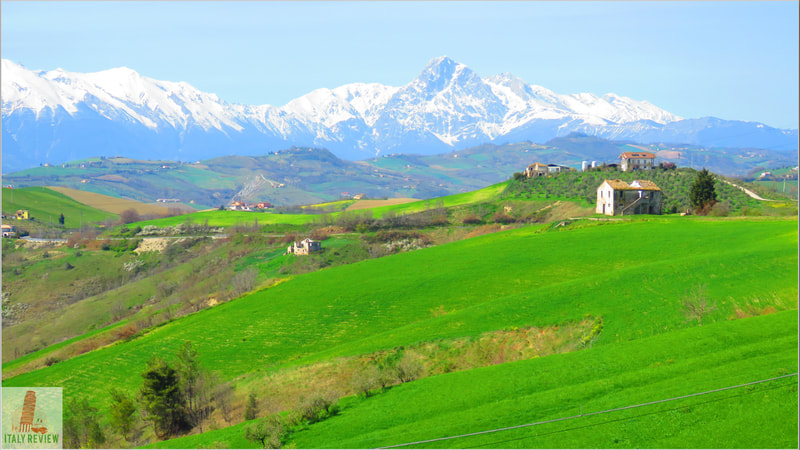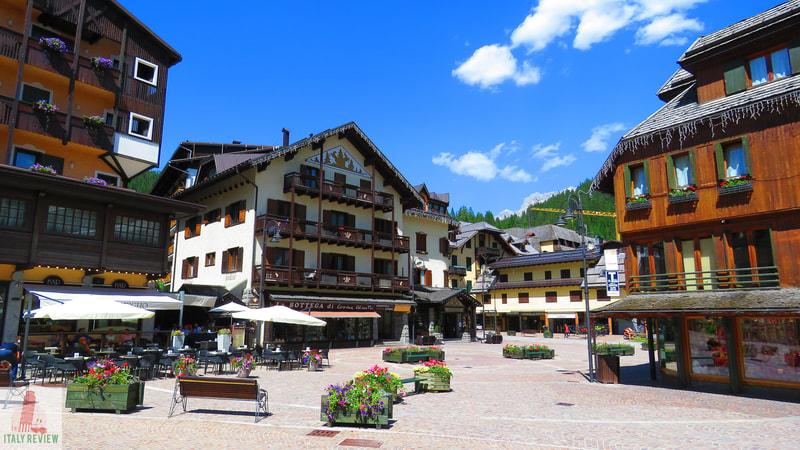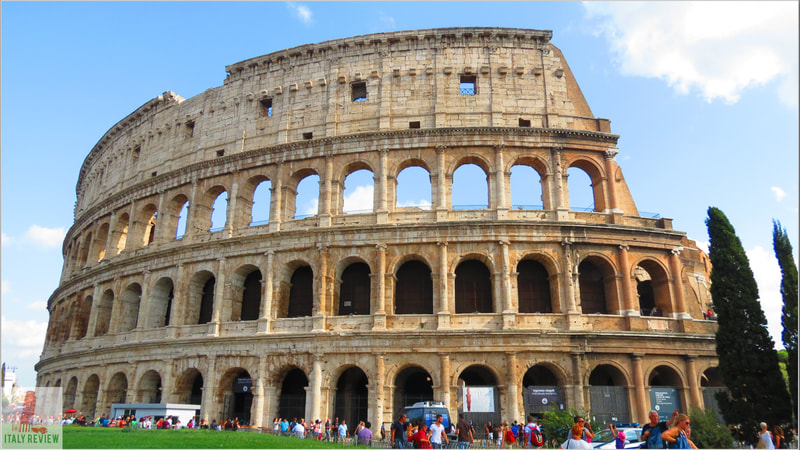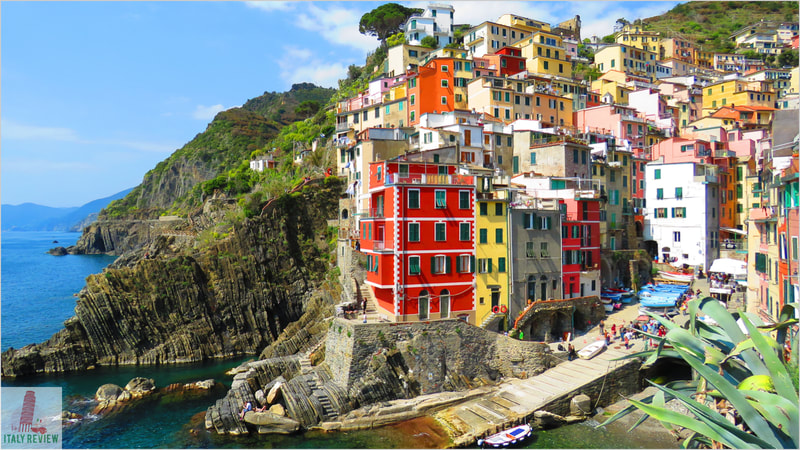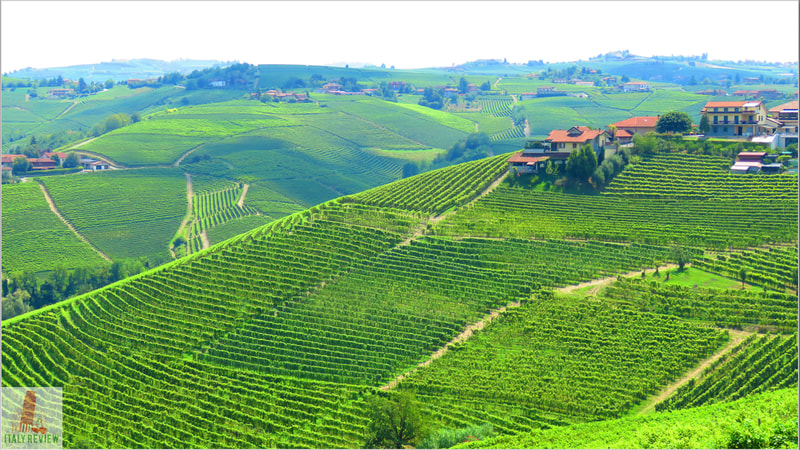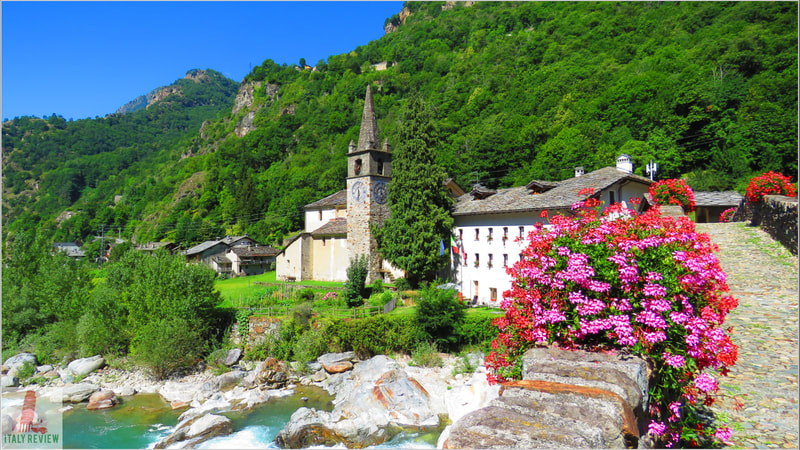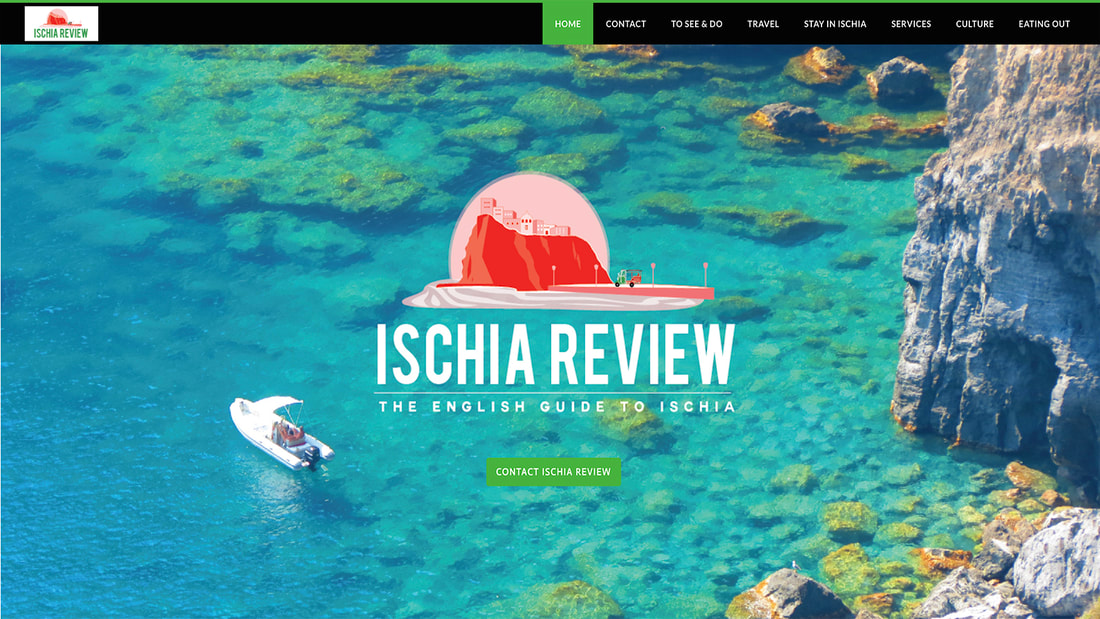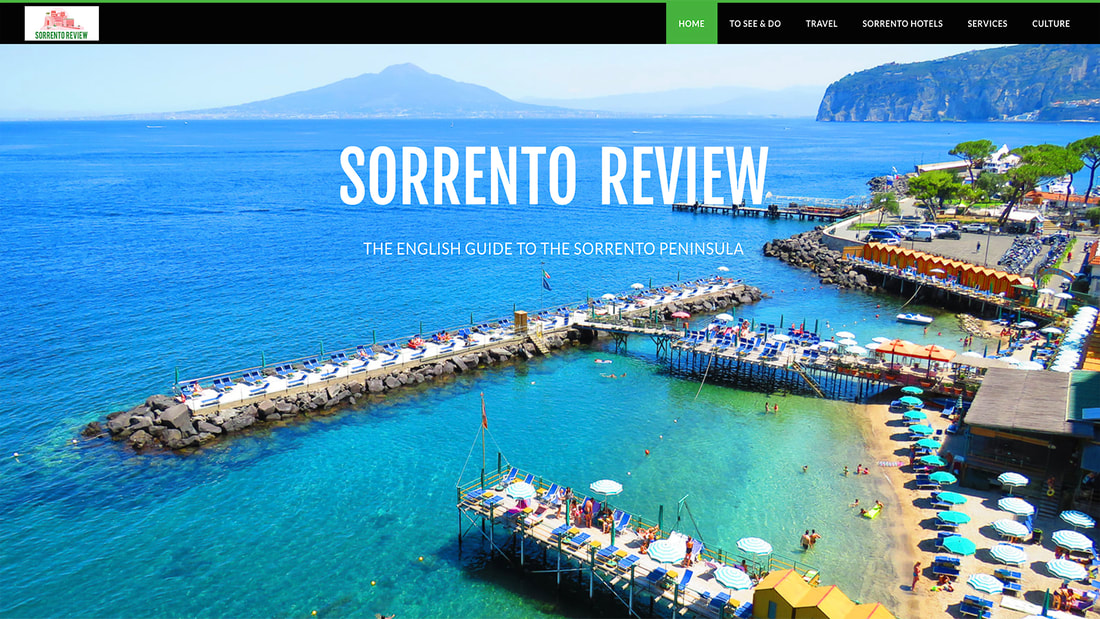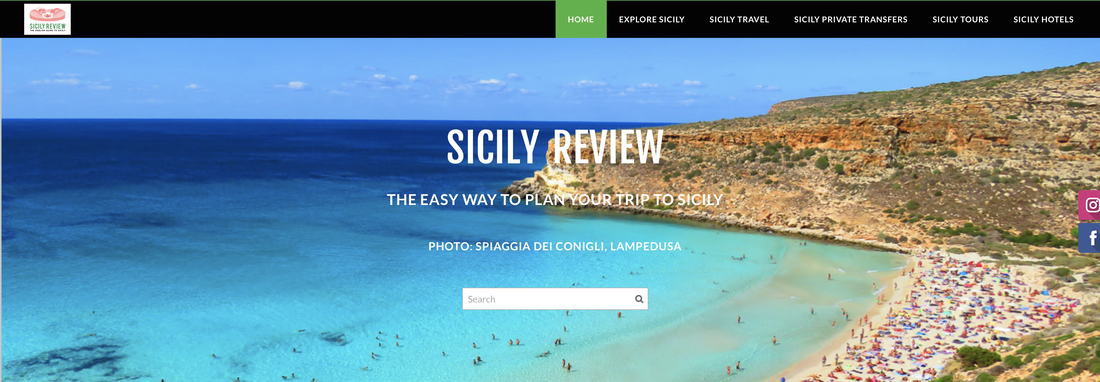Metropolitan City of Rome
|
By Dion Protani
|
Latest update: 23 January 2024
|
|
The Metropolitan City of Rome province occupies a total geographical area of 5,352 square kilometres, including the city of Rome itself, the regional capital of Lazio.
Within the province there are 121 provincial towns, known as communes (comune singular or comuni plural in Italian), containing a total population of just under 4.5 million inhabitants. |
Among the highlights in the province are Villa d'Este in Tivoli, Lake Bracciano, Ostia Antica and the towns of the Castelli Romani area.
Related links
Profile
The Metropolitan City of Rome, also known as "Roma Capitale," is an enchanting region in central Italy that includes the historic city of Rome as well as numerous charming towns and picturesque landscapes.
History
Rome, the eternal city, is one of the world's oldest and most historically significant cities. Its history dates back over 2,500 years, making it a treasure trove of ancient ruins, magnificent monuments, and artistic masterpieces.
Once the centre of the Roman Empire and a powerhouse of cultural, political, and religious influence, Rome has left an indelible mark on human civilization. From the Colosseum and Roman Forum to the Pantheon and the Vatican City, the city is a living museum of history and architecture.
Once the centre of the Roman Empire and a powerhouse of cultural, political, and religious influence, Rome has left an indelible mark on human civilization. From the Colosseum and Roman Forum to the Pantheon and the Vatican City, the city is a living museum of history and architecture.
Highlights
- Rome's Historic Sites: Explore the Colosseum, Roman Forum, Vatican City with St. Peter's Basilica, and the Trevi Fountain, among other iconic landmarks.
- Villa d'Este: Visit this Renaissance villa in Tivoli, renowned for its terraced gardens, fountains, and frescoed interiors, a UNESCO World Heritage site.
- Ostia Antica: Discover the ancient Roman port city, Ostia Antica, with well-preserved ruins, mosaics, and theaters.
- Civita di Bagnoregio: Experience the "Dying Town," perched on a tufa rock, accessible by a pedestrian bridge and boasting medieval charm.
- Lake Bracciano: Enjoy the picturesque lake, visit the town of Bracciano with its medieval castle, and savor local cuisine in lakeside villages.
Practicalities
- Access: Rome Province is easily accessible by air through Leonardo da Vinci-Fiumicino Airport (FCO) and Ciampino Airport (CIA). High-speed trains connect Rome to major Italian cities.
- Accommodation: Rome offers a myriad of accommodations, from luxury hotels in the city center to boutique guesthouses in charming neighborhoods. Towns like Tivoli and Bracciano also provide unique lodging options.
- Best Time to Visit: Spring and fall offer pleasant weather for sightseeing. Summer can be hot, and winter is quieter with festive holiday decorations.
- Local Cuisine: Indulge in Roman classics like carbonara, cacio e pepe, and supplì. Explore local markets for fresh produce, cheeses, and wines.
Città Metropolitana di Roma
Neighbouring regions: Abruzzo

